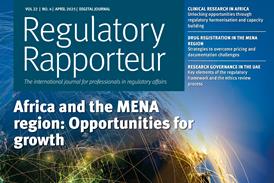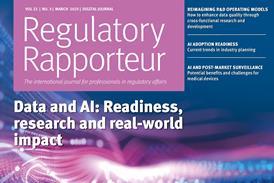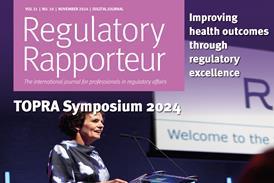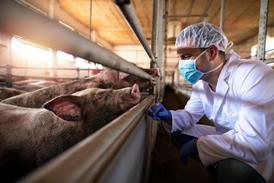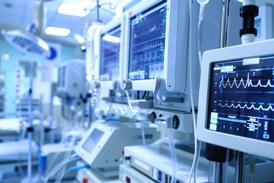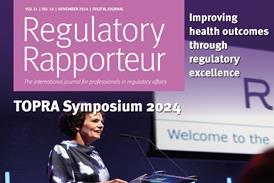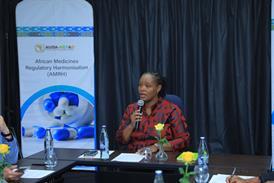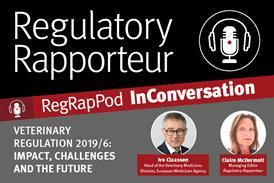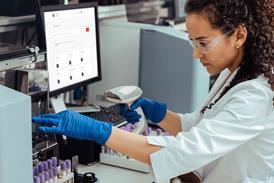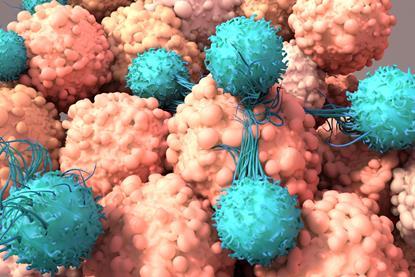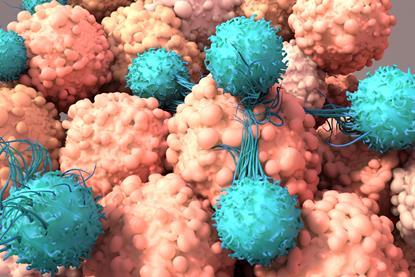CPD Supplements 2021/2022
FDA meetings: How to hold a successful meeting across the drug development lifecycle
This continuing professional development supplement discusses the available meeting options for products regulated by CDER and CBER, which should help the reader select the appropriate avenue to receive the Agency’s advice and develop a viable regulatory interactions strategy.
Digital health technologies – an overview of EU and US frameworks
Digital health technologies have revolutionised the global healthcare system. This continuing professional development supplement provides an overview of the qualification frameworks for digital health technologies, which are used as drug development tools in the EU and the US.
Qualification of stride velocity endpoint in Duchenne Muscular Dystrophy
In April 2019, the Committee for Medicinal Products for Human Use (CHMP) issued a qualification opinion on stride velocity as an endpoint in clinical studies of medicines for the treatment of Duchenne Muscular Dystrophy (DMD).[1] Mutations in the dystrophin gene cause this inherited, x-linked disorder which causes progressive muscle weakness ...
Fundamentals of regulatory writing: the document development process
Regulatory writers lead the development of high-quality regulatory documents by working in collaboration with colleagues across multiple functions. Document development is a multistep process with the regulatory writer acting as project leader. This article describes each of the stages of the process and suggests best practices for achieving timely project completion and document delivery
The EU Clinical Trial Regulation (EU) No 536/2014-The Clinical Trials Information System
This continuing professional development article addresses changes introduced by Regulation (EU) No 536/2014 (the Clinical Trial Regulation/CTR) and focuses on the revised submission process for clinical trial applications in the EU/EEA via the new EU portal
CTIS national pilot – Belgium
Although the CTIS is still under development, several EU countries (eg, Belgium, France, Germany, Finland and the UK prior to Brexit) are running national pilots to test the new way of working introduced by the Clinical Trial Regulation 536/2014. Pilot conditions in the various countries are different. The Heads of ...
Understanding the basics of ATMP regulation
Advanced therapy medicinal products (ATMPs) are biological products which comprise a diverse group of medicinal products that are often complex and diverse in nature. As these products are regularly developed for diseases of high unmet need, the requirements for evidence generation to support marketing authorisation often require innovative development plans. Within this continuing professional development supplement we investigate the regulation of ATMPs in the EU and US [see also Regulatory Rapporteur October 2020 and February 2020 for articles by Harriet Edwards on ATMPs].
Case Study- Luxturna
The ATMP Luxturna (voretigene neparvovec) is a GTMP which utilises a recombinant adeno-associated viral vector serotype 2 (rAAV2) capsid as a delivery vehicle for the human retinal pigment epithelium 65 kDa protein (hRPE65) cDNA to the retina. Luxturna is approved for patients with retinal dystrophy associated with biallelic RPE65 mutations ...


